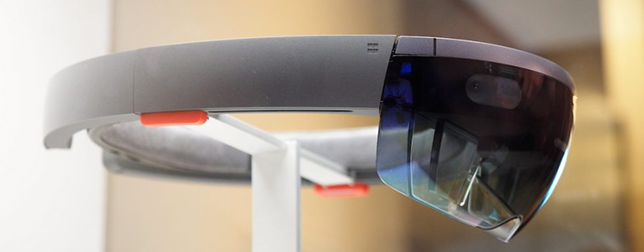Microsoft may not ever use Kinect sensor as a gaming device, but the company is continuing to work on the platform’s underlying technology, and Microsoft is now taking it to the cloud.
According to Microsoft CEO Satya Nadella, the tech giant is reviving Kinect as Project Kinect for Azure. Azure, one of Microsoft’s most profitable business segments, is its cloud computing service.
Alex Kipman, technical fellow on AI and mixed reality at Microsoft wrote in a Linked blog post that Project Kinect for Azure is designed to let developers “apply AI over the real world in profound new way.” Kipman is the inventor of both Kinect and HoloLens. A Kinect platform powered by Azure “will enable developers to make the intelligent edge more perceptive than ever before,” said Kipman.
Read more Is Google Secretly Working on a Pixel Smartwatch?
At Build, Microsoft’s annual developer conference, Nadella spoke about a new fourth-generation Kinect sensor, which according to Kipman, will be the basis of the next generation of HoloLens devices and will deliver “new capabilities.” This sensor has a higher-resolution depth camera (1024×1024, or 1 megapixel) that can run by consuming very low power, ranging from 225-950 mW.
That’s despite adding features like automatic per-pixel gain selection, for a broader dynamic range. That will enable HoloLens 2 to better capture both near and far objects. The multi-phase depth calculation support will preserve precision even if the laser, chip, or power supplies vary.
Finally, if HoloLens ever makes it into the mainstream, there’ll be low peak current operation, even at high-frequency. That will help lower the cost of modules, explains Kipman.
Read more WHOOP Introduces Subscription Service to Its Fitness Watch
“With HoloLens, we saw incredible results when we took some of the magic of Kinect and applied it in a mixed reality context,” Kipman writes. “The current version of HoloLens uses the third generation of Kinect depth-sensing technology to enable it to place holograms in the real world. With HoloLens we have a device that understands people and environments, takes input in the form of gaze, gestures and voice, and provides output in the form of 3D holograms and immersive spatial sound.”
Microsoft hasn’t said exactly when the next-generation HoloLens 2 will be launched, but it has confirmed that the new headset featuring augmented reality will use an ARM-based chipset to boost power consumption. According to experts, HoloLens might see the light of day by early 2019.













